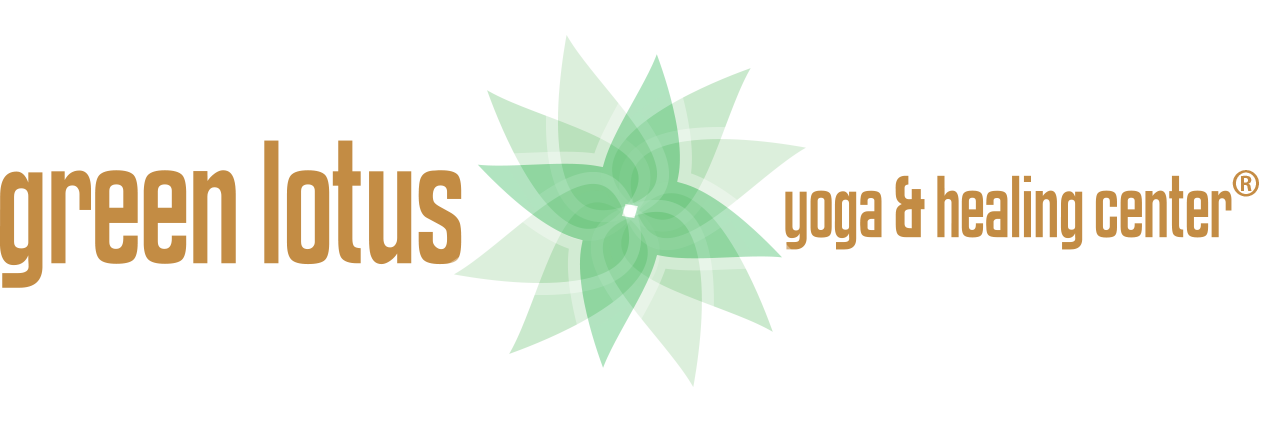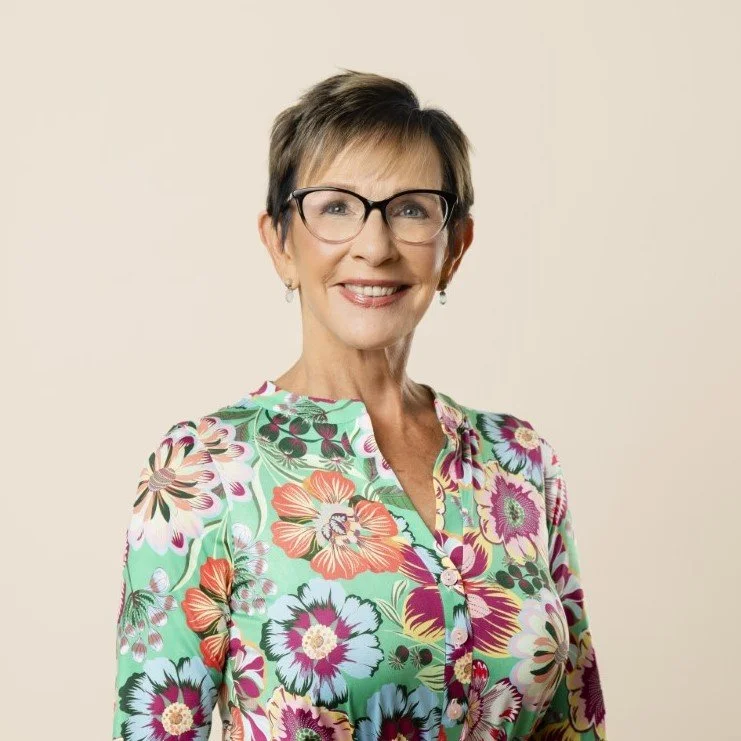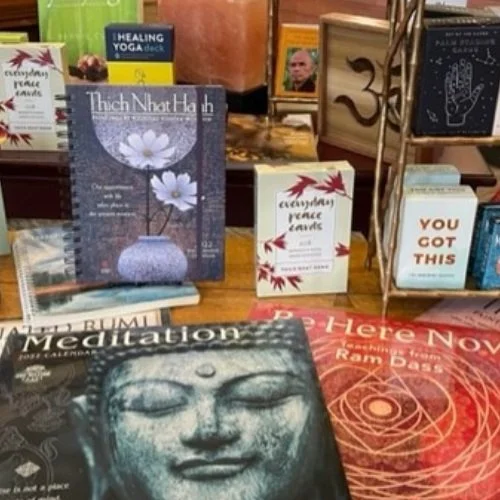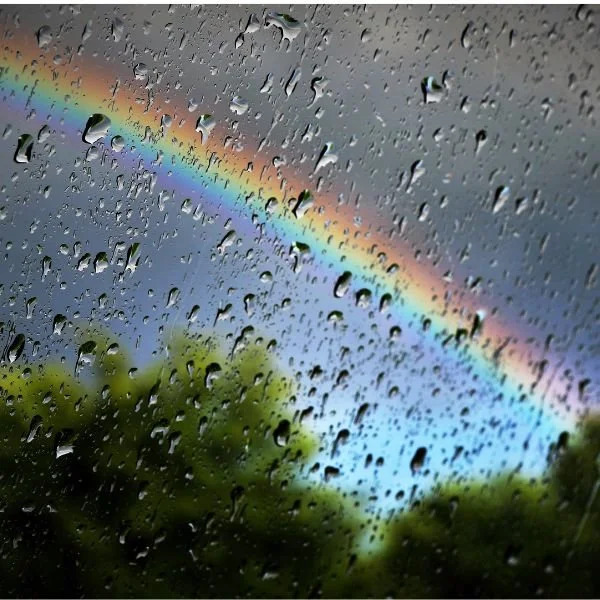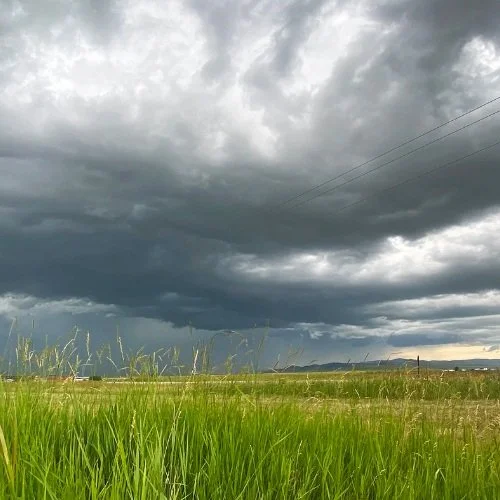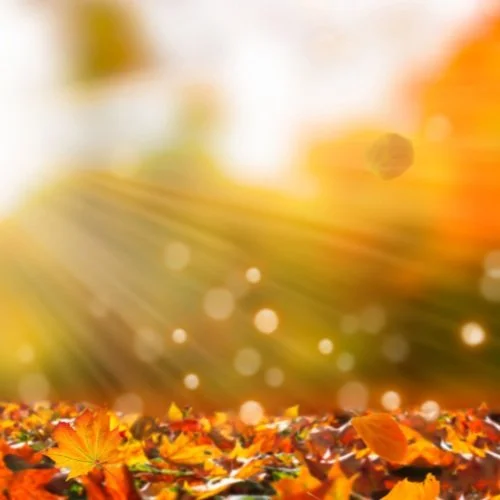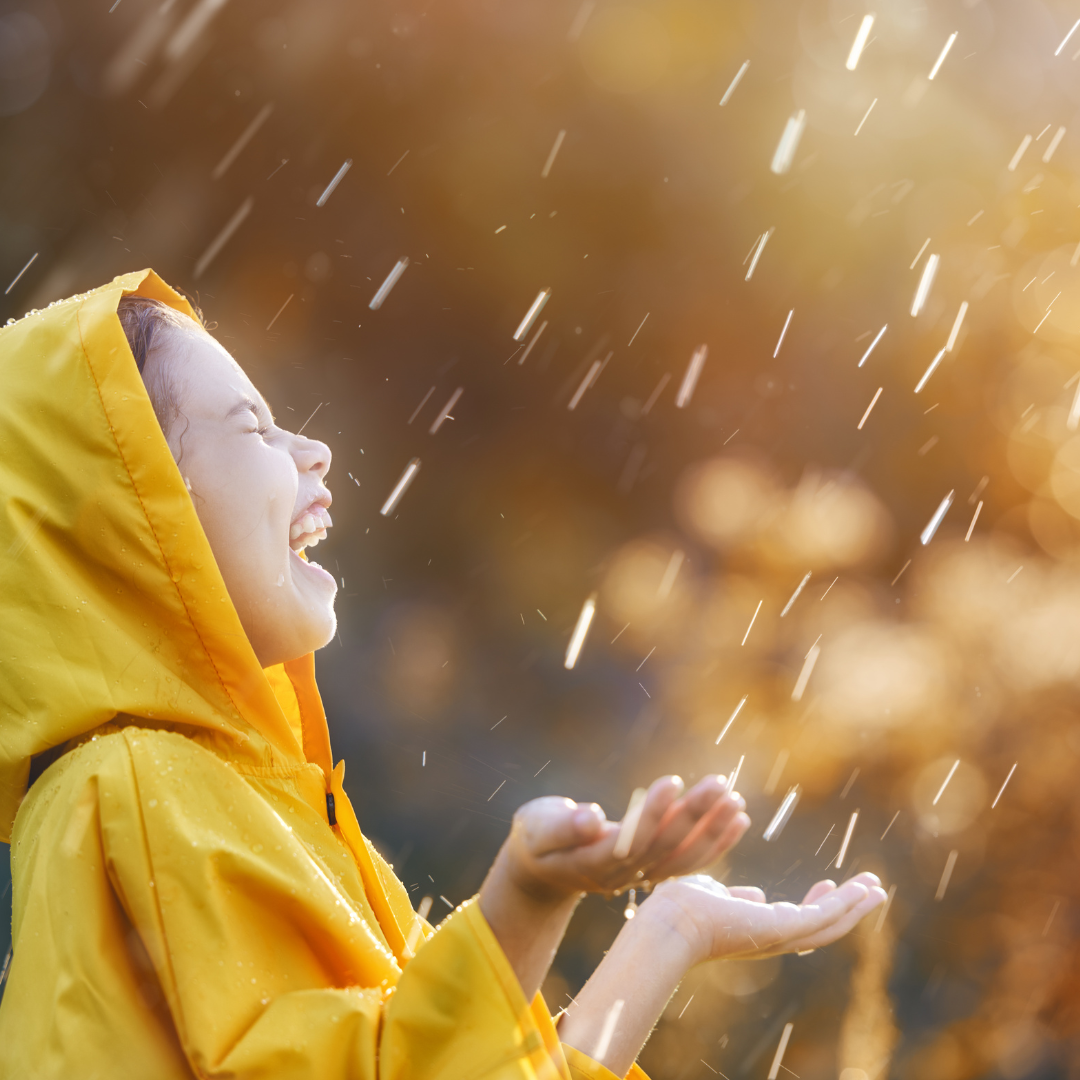The Comfort of the Continuum
/What are beginnings and endings? Are there beginnings and endings? What is consciousness? What is its relationship to time? Is time real?
Many decades ago, in fact in 1978, the Continuum Exhibit explored these topics when it opened at the Los Angeles Museum of Science and Industry. The exhibit attracted people from around the world and broke attendance records after being extended twice. (In a historical side note, a Minnesota philanthropist, Hugh Harrison, bought the rights from the exhibit’s creators – Catherine Dees and Kay Croissant – where it lives as a modern re-do as a center that includes different content platforms, research, and more). In the ensuing years here in the North Star State, the Continuum Center broke new ground in inviting dozens of A-listers and more quietly known speakers, researchers, scientists, philosophers, physicians, biologists, biochemists, creativity experts, cosmologists, and leaders from indigenous cultures from around the world to speak and to contribute to the body of knowledge of this vast subject.
The purpose of the exhibit – which I attended as a 28-year-old editor and writer when it moved to the Twin Cities – was to present evidence that consciousness can exist independent of the physical body and survive its death. Wandering the pathways of the exhibit revealed that my perception of time and consciousness forever had been altered. Shortly thereafter, I started down a path of self-directed study of quantum physics, neuroscience, meditation, and philosophy. Many years later, I realized with a start that my practice of the 8-limbed path of yoga and Mindfulness meditation in some way began that long-ago evening as my feet carried me through the exhibit. That night, my mind warmed to a different concept of time than I’d been taught.
These mind-twisting, time-reshaping COVID months made me think of the Continuum Center and its work and belief in collaboration, inquiry, inter-disciplinary research, how it blew the lid off time and presented arguments that led me to explore the artificial constraints of time as I knew it. It blurred the hard edges of “beginning” and “ending” against which I’d pushed so hard. It opened my mind to the understanding that we can begin again and again, day to day and moment to moment. Until the day I pass from one dimension to the next, it will continue to inspire and challenge me.
From my direct experience, I broke the chains of time over the years in less-erudite and perhaps less-lofty inquiries, though I cannot be certain of the latter. It happened in the simplest way as my pranayama (breath) practice developed. First, I noticed the breath breathed me. The only thing required of me was to watch my breath. At first, I sometimes found myself holding my breath, inhibiting the needed and proper exchange of oxygen and carbon dioxide. As my observational skills grew more skillful, I noticed that there exists a natural pause at the top of the inhale before the exhale begins and at the bottom of the exhale before the inhale begins. And yet: It’s all breathing, including the pauses.
Later, I learned I could deepen the exhale (or the inhale), and the pause still was there. In the pause exists a whole universe of its own – the point, though, is that the breath begins and ends or ends and begins again and again on its own with the pause as its bridge to the next intake or outflow.
As the years passed, other natural examples of how endings and beginnings flow seamlessly (and endlessly) from one to another took hold in my consciousness: the change of the seasons, and the pause between them; the changing of life’s bodily cycles – in utero to birth to infant to toddler and so on. Within each cycle are beginnings, endings, and pauses: premenstrual, menstrual, postmenstrual, and it’s all human experience. I witnessed much of this firsthand on our working family farm, charting the cycles of cows and pigs, the moon (important for planting gardens, my mother said), the way new life arises sooner or later after the old plants, or the old animals, die.
Within each cycle are beginnings, endings, and pauses
In the mindful (and kindful) practices that ground our lives and create a sense of wholeness and well-being – be they yoga, meditation, prayer, physical exercise, faith, rituals, whatever – there will be ebbs and flows, fits and starts, understanding and misunderstanding. Consciousness flows unbounded throughout, however.
There will not be the big “the end”. Whether you’re participating in a cleanse, self-study, a relationship, a practice of any kind, you can begin again and again, just as you reread a beloved book or rewatch a touchstone movie after the last page or the last frame says, “The End”. Consciousness flows unbounded throughout.
Just as the breath flows, the river meanders, the seasons pass, so it is with us and time and consciousness: beginnings and endings and endings and beginnings flowing seamlessly and forever, unchained from the boundaries of conventional time, and shining a light on interconnectedness. Forever.
Postscript: The Continuum Center claims a long, bold, and rich history and continues to extend it. As a footnote and a nod to interconnectedness, many years after its opening in 1979, it formed a partnership with Jones-Harrison, the longest-running elder-care facility in Minnesota, to recreate the exhibit and include 40 years of research. As the project began, it was discovered that the Hugh Harrison who presciently bought the rights to the exhibit as a traveling entity is the great, great, great grandson of Jane Harrison, the co-founder of Jones-Harrison in 1888.
